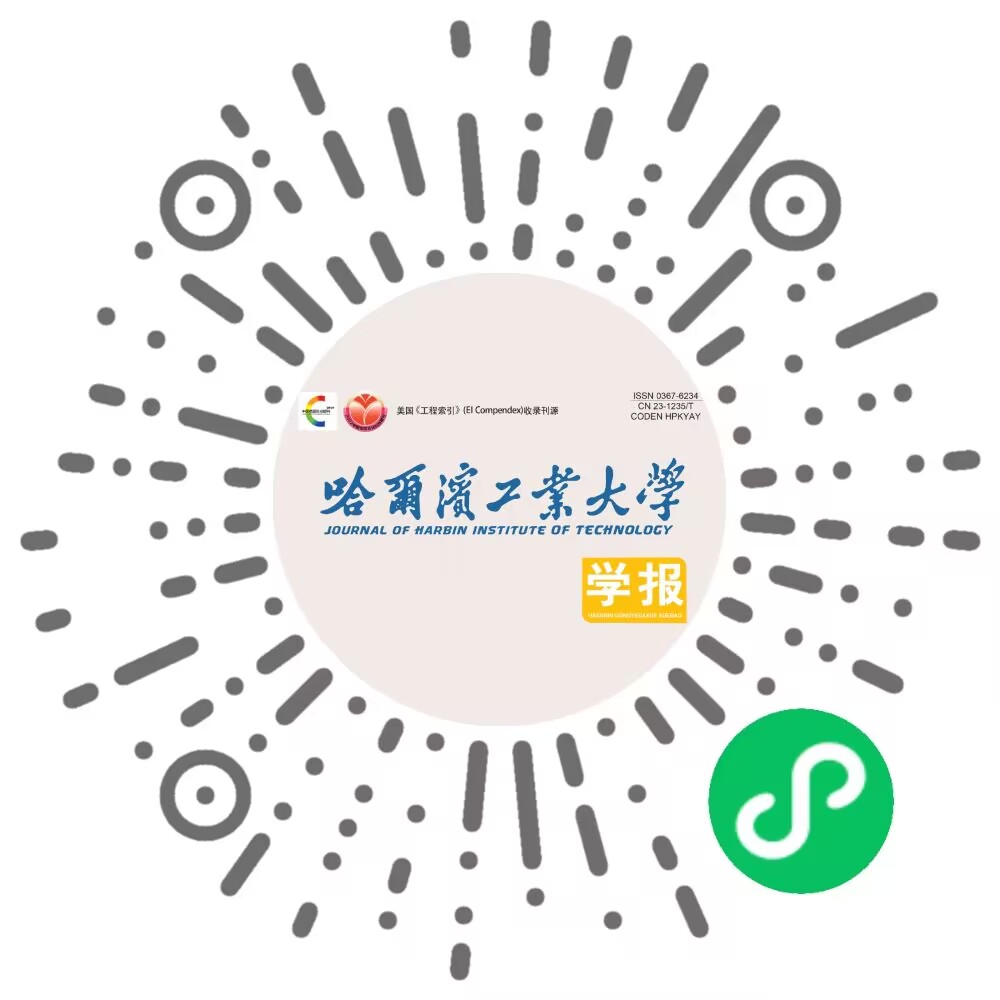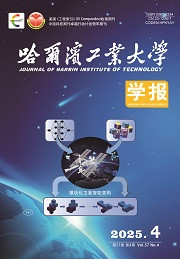| 引用本文: | 王岩,陈禹名,张书洋,杨慧,张从发,刘金童,刘荣强.金属管螺旋缠绕在轨成形力学特性分析与优化[J].哈尔滨工业大学学报,2025,57(4):151.DOI:10.11918/202404052 |
| WANG Yan,CHEN Yuming,ZHANG Shuyang,YANG Hui,ZHANG Congfa,LIU Jintong,LIU Rongqiang.Analysis and optimization of mechanical characteristics of spiral winding metal tube in orbit[J].Journal of Harbin Institute of Technology,2025,57(4):151.DOI:10.11918/202404052 |
|
| |
|
|
| 本文已被:浏览 78次 下载 61次 |

码上扫一扫! |
|
|
| 金属管螺旋缠绕在轨成形力学特性分析与优化 |
|
王岩1,陈禹名1,张书洋2,杨慧1,张从发2,刘金童2,刘荣强3
|
|
(1.河北省并联机器人与机电系统实验室(燕山大学),河北 秦皇岛 066004; 2.中国空间技术研究院 北京空间飞行器总体设计部,北京 100094; 3.机器人技术与系统国家重点实验室(哈尔滨工业大学),哈尔滨 150001)
|
|
| 摘要: |
| 为满足地外探测大尺寸结构在轨构建及空间站桁架的实际需求,提出一种带材直接在轨成形方法,研制出一款小型化、轻量化、低功耗的金属管件制造设备。采用冷弯成形技术中的缠绕锁合成形,基于基尔霍夫假设和等效应变能原理建立弯曲缠绕的非线性力学模型,分析带材几何参数对缠绕力矩的影响。通过ABAQUS/显式求解器分析缠绕力矩并验证理论模型的有效性。为进一步定量描述和优化缠绕锁合性能,定义稳定缠绕力矩、锁合正压力和锁合边最大应力3个性能指标,该指标越小,缠绕锁合性能越好。此外,采用响应面法建立弯曲缠绕卷管指标参数的多项式代理模型,通过改进的非支配遗传算法(NSGA-II)对金属管弯曲成形进行多目标优化设计。优化结果表明,缠绕力矩减少了26.23%,锁合边正压力减小了4.71%,锁合边最大应力减小了2.14%,同时驱动力矩曲线波动得到改善。制备了辊座直径为70 mm、辊组间距为100 mm,辊缝具有校正调节功能的锁槽折弯箱和芯轴直径为50 mm的缠绕锁合样机并进行实验,揭示不同工艺参数对轧制成形的影响以及螺旋成形时成形角与管件直径的规律。该研究为金属管在轨成形的应用提供了重要的理论和实验基础。 |
| 关键词: 在轨制造 缠绕锁合 缠绕力矩 响应面法 非支配遗传算法(NSGA-II) |
| DOI:10.11918/202404052 |
| 分类号:V19 |
| 文献标识码:A |
| 基金项目:国家自然科学基金(52375028);河北省自然科学基金(E2024203105, E2024203052);河北省高等学校科学技术研究项目(QN2023206) |
|
| Analysis and optimization of mechanical characteristics of spiral winding metal tube in orbit |
|
WANG Yan1,CHEN Yuming1,ZHANG Shuyang2,YANG Hui1,ZHANG Congfa2,LIU Jintong2,LIU Rongqiang3
|
|
(1.Hebei Provincial Key Laboratory of Parallel Robot and Mechatronic System (Yanshan University), Qinhuangdao 066004, Hebei, China; 2.Beijing Institute of Spacecraft System Engineering, China Academy of Space Technology, Beijing 100094, China; 3.State Key Laboratory of Robotics and Systems (Harbin Institute of Technology), Harbin 150001, China)
|
| Abstract: |
| To fulfill the practical requirements of constructing large-size structures in orbit for extraterrestrial exploration and space station trusses, a direct in-orbit strip-orming method was proposed, alongside the development of a small, lightweight and low-power metal pipe fitting manufacturing equipment. Based on Kirchhoff hypothesis and the principle of equivalent strain energy, a nonlinear mechanical model of bending and winding was established to analyze the influence of different parameters on the winding torque. The ABAQUS/explicit solver was used to solve the winding torque and validate the effectiveness of the analytical model. The winding and locking performances were described and optimized by defining three performance indexes, namely stable winding moment, positive locking pressure, and maximum locking edge stress in a quantitative manner. The lower the indexes, the higher the winding locking performance. The polynomial surrogate model of the index parameters for the curved winding pipe was established using the response surface method, and the metal pipe bending was sujected to multi-objective optimization design through an improved non-dominated genetic algorithm (NSGA-II). The optimization results demonstrate a reduction of 26.23% in the winding torque, a decrease of 4.71% in positive pressure at the locking edge, a decline of 2.14% in maximum stress at the locking edge, and an enhancement in the fluctuation of the torque curve. A prototype for winding locking was developed, featuring a roller seat with a diameter of 70 mm, a roller group spacing of 100 mm, and a locking groove bending box with a corrective adjustment function, along with a core shaft diameter of 50 mm. The experimental results demonstrate the impact of various process parameters on rolling forming and elucidate the relationship between forming angle and pipe fitting diameter during spiral forming. The findings of this study offer a crucial theoretical and experimental foundation for the implementation of metal tube forming in orbit. |
| Key words: in-orbit manufacturing winding lock winding torque response surface method non-dominanted genetic algorithm II(NSGA-II) |
|
|
|
|







